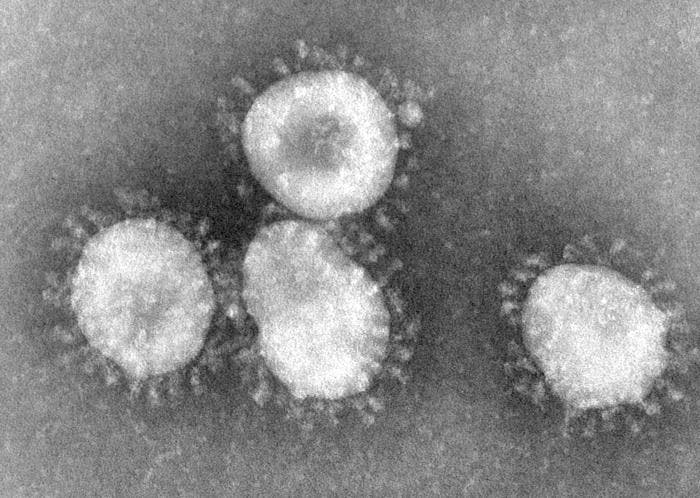A virus similar to SARS has been identified in Chinese horseshoe bats that may be able to infect humans without prior adaptation. Overcoming this genetic barrier could be the first step for an outbreak, according to a study at the University of North Carolina at Chapel Hill.

Image credits CDC/Dr. Fred Murphy
In the wake of the recent Zika and Ebola outbreaks which claimed thousands of lives and cost billions in forgone economic development, a team led by Ralph Baric, Ph.D., professor of epidemiology at UNC’s Gillings School of Global Public Health warns of a new, and just as dangerous, virus.
“The capacity of this group of viruses to jump into humans is greater than we originally thought,” said Vineet Menachery, Ph.D., the study’s first author.
“While other adaptations may be required to produce an epidemic, several viral strains circulating in bat populations have already overcome the barrier of replication in human cells and suggest reemergence as a distinct possibility.”
Baric and Menachery used coronavirus sequences obtained from Chinese horeshoe bats, in which SARS also originated. From them, they reconstructed the virus and tested it to see its potential to infect human and mouse cells. The newly discovered virus, which the team dubbed WIV1-CoV, could bind to the same receptors as SARS-CoV; in essence, allowing it to infect the same types of cells. The virus also replicated quickly and efficiently in cultured human airway tissue cells, suggesting it can jump directly to humans from bats.
“To be clear, this virus may never jump to humans, but if it does, WIV1-CoV has the potential to seed a new outbreak with significant consequences for both public health and the global economy,” said Vineet.
Due to a slightly different genetic make-up, SARS vaccines don’t provide protection against it. The good news however is that the antibodies we’ve developed to fight SARS were really good at killing WIV1-CoV in both human and animal tissue samples — giving us a powerful treatment option in case of an outbreak. The only limiting factor when using antibodies, as Ebola treatment ZMapp showed, is quantity; producing antibodies takes time and resources, and if the number of infected runs out of check there won’t be enough to go around.
When SARS (severe acute respiratory syndrome) was first seen in an outbreak in 2002 it spread to nearly 8,000 people, causing almost 800 deaths. It can spread through airborne contact, and in the early stages its symptoms resemble a dry-cough flu; but it can develop rapidly, causing pneumonia, filling of the lungs with fluid and wreaking havoc on the immune system. Baric and his team believe that WIV1-CoV has the potential to induce similar results with proper adaptation to humans.
“This type of work generates information about novel viruses circulating in animal populations and develops resources to help define the threat these pathogens may pose to human populations,” Baric said.
“It’s important to note that it’s not an approach that’s limited to SARS or SARS-like viruses. It can be applied to other emerging pathogens to helping us prepare for the next emergent virus, whether it be MERS, the Zika virus or something we haven’t even heard of yet.”
According to the Centers for Disease Control and Prevention, SARS’ mortality rate can range from less than one percent in patients below 24 years old to more than 50 percent in patients aged 60 and older.
The full paper, titled “SARS-like WIV1-CoV poised for human emergence” has been published online in the journal PNAS and can be read here.


